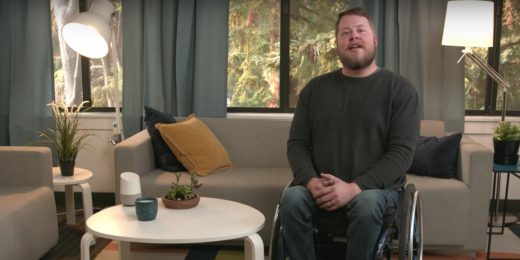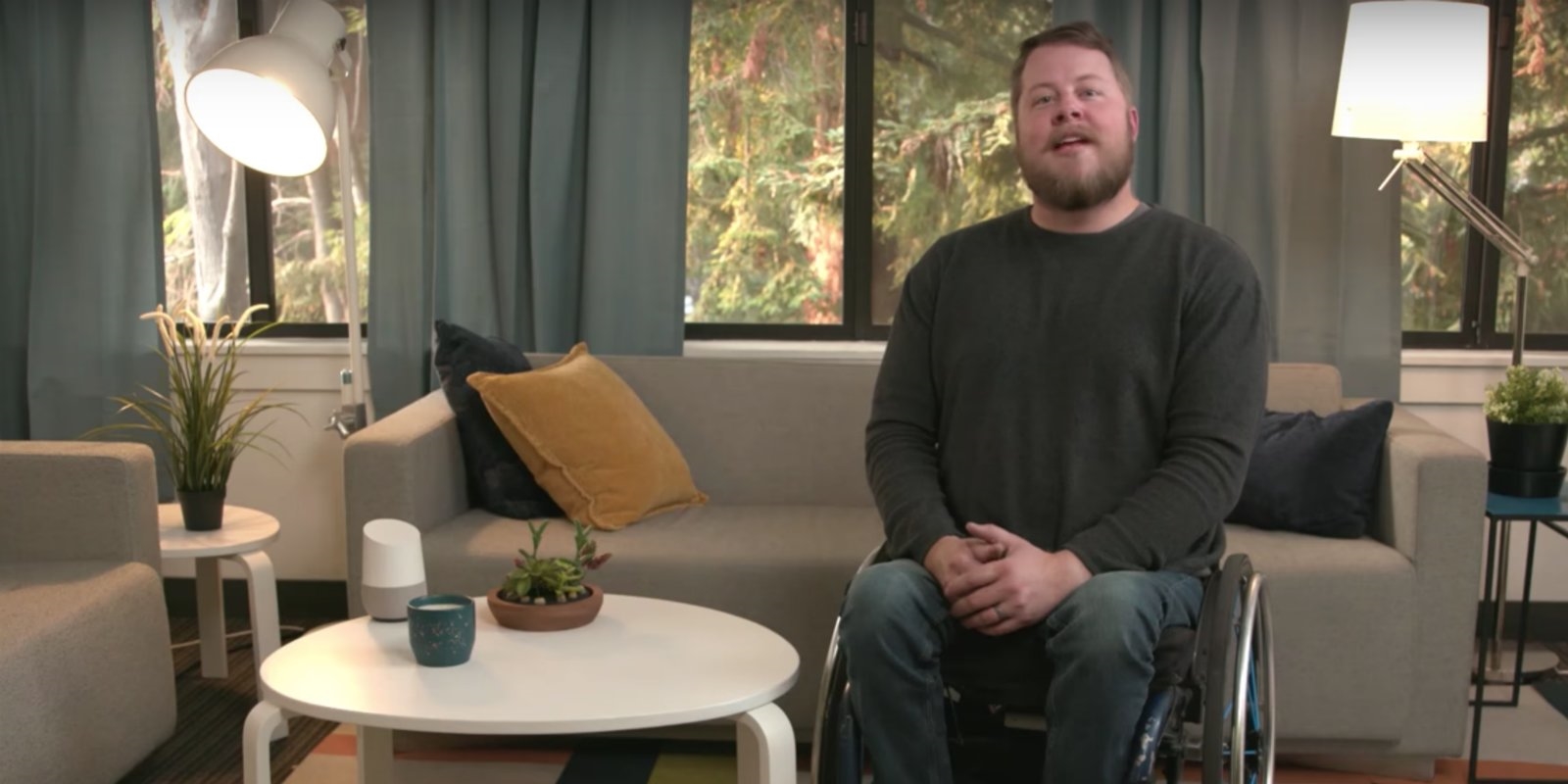Google’s how-to videos explain Assistant’s accessibility features
As part of Global Accessibility Awareness Day, Google revealed a series of video tutorials meant to help people with disabilities set up and use their Assistant-enabled smart devices. The videos are available in a YouTube playlist, and so far they cover topics like how to control your smart home with Google Assistant and how to set up a Google Home using a screen reader. You’ll also find videos on understanding Google Home’s audio accessibility features and more.
The videos don’t reveal any new features, but they’re a smart way to show off the accessibility capabilities that already exist within Google devices. And they align with Google’s emphasis on accessibility, which it highlight at its recent I/O developers conference.
At that event, Google shared plans to transcribe YouTube videos, podcasts and phone calls for deaf customers. The company also said it also wants to help people who have difficulty speaking type messages in response to phone calls, and it’s using AI to help develop speech recognition tools for users with ALS. That’s in addition to tools like Google’s Lookout app, which helps blind users navigate their surroundings. This is an ongoing effort, and Google says it will continue to update the video tutorials it launched today.
(30)




